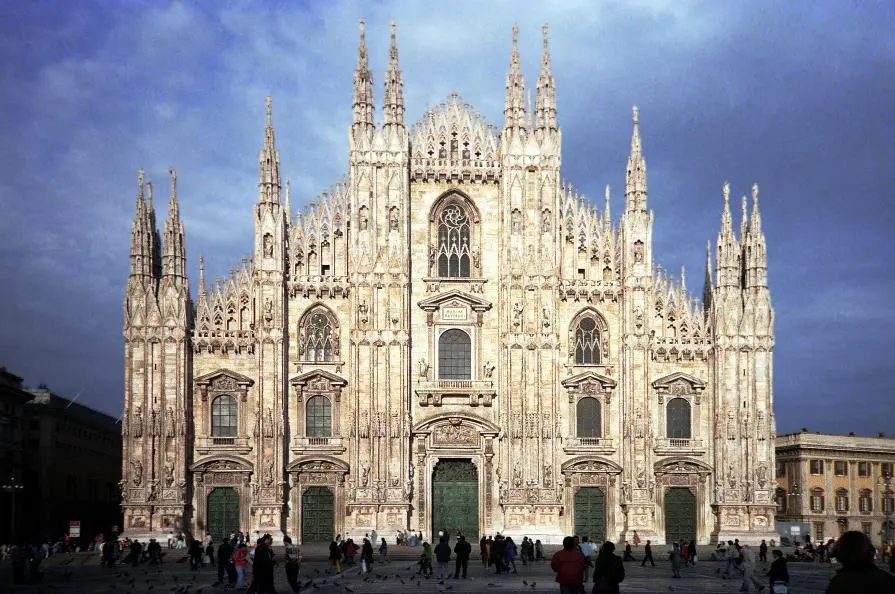10+ Curiosities About The Milan Cathedral, The Largest Church In Italy

The Milan Cathedral, also known as the Duomo di Milano, is one of the most iconic and famous landmarks in Italy. Here are 10 curiosities about this magnificent cathedral:
-
Gothic Architecture: The Milan Cathedral is a prime example of Gothic architecture. It was built over the course of nearly six centuries, from the late 14th to the early 20th century, making it a testament to the enduring dedication of its builders.
-
Largest Church in Italy: It is the largest church in Italy and the fourth-largest in the world, capable of accommodating over 40,000 people.
-
Impressive Dimensions: The cathedral is approximately 157 meters (515 feet) long, 92 meters (302 feet) wide, and its tallest spire reaches a height of 108 meters (354 feet).
-
Marble Facade: The exterior of the Milan Cathedral is made entirely of white marble. It is adorned with more than 3,400 statues, 135 spires, and 700 figures.
-
Gargoyles and Spires: The numerous gargoyles and spires on the cathedral's facade serve both functional and decorative purposes. They help channel rainwater away from the building and also add to its Gothic charm.
-
Secret Passages: There are hidden passages and tunnels within the cathedral that were once used by workers and clergy to move around the building without disrupting religious services.
-
Statue of St. Bartholomew: One of the most famous statues on the cathedral's exterior is that of St. Bartholomew. It depicts the saint flayed and carrying his own skin.
-
Roof Terrace: Visitors can climb to the roof terrace of the cathedral, which offers panoramic views of Milan. It can be reached by either climbing the stairs or taking an elevator.
-
Diverse Architectural Styles: Due to its extended construction period, the Milan Cathedral showcases a blend of architectural styles, including Gothic, Renaissance, and Neoclassical elements.
-
Napoleon's Influence: Napoleon Bonaparte played a significant role in the completion of the cathedral. He ordered the façade to be completed during his rule, which accelerated the construction process.
-
The Madonnina: At the very top of the highest spire stands a golden statue called "La Madonnina." It represents the Virgin Mary and has become one of Milan's most recognizable symbols.
-
Restoration Efforts: Over the years, the Milan Cathedral has undergone numerous restoration and preservation efforts to maintain its structural integrity and beauty.
-
Home to Important Relics: The cathedral houses several important relics, including a nail believed to be from the True Cross of Jesus and a thorn from his crown.
-
Historic Organ: It contains a historic organ, the "Serassi," which has more than 15,000 pipes and is known for its impressive sound.
-
World Heritage Site: In 1980, the Milan Cathedral, along with the nearby Galleria Vittorio Emanuele II, was designated as a UNESCO World Heritage Site.
These curiosities showcase the rich history, architectural splendor, and cultural significance of the Milan Cathedral, making it a must-visit destination for travelers and history enthusiasts.
- Art
- Causes
- Crafts
- Dance
- Drinks
- Film
- Fitness
- Food
- Games
- Gardening
- Health
- Home
- Literature
- Music
- Networking
- Other
- Party
- Religion
- Shopping
- Sports
- Theater
- Wellness
- IT, Cloud, Software and Technology


